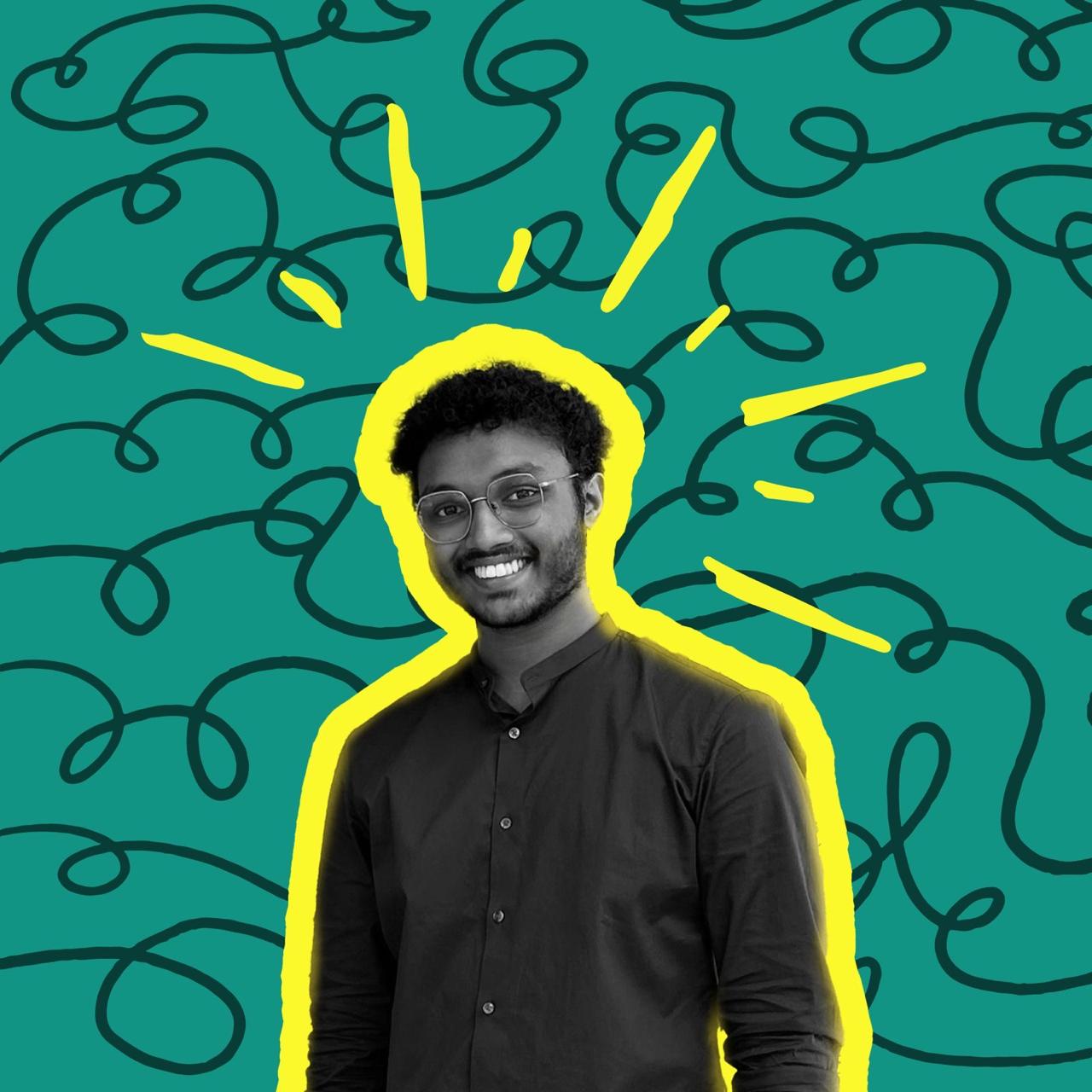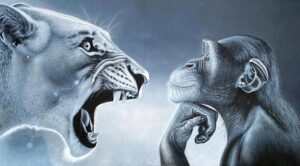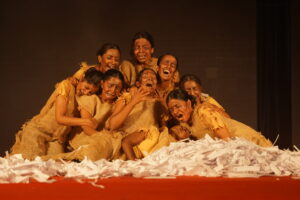PC: Time 2024
On a perfect day—ideal for stepping outside and simply appreciating the quiet existence of grass, I found myself instead doomscrolling through X Twitter, when I stumbled across a thread that soured my mood.
OpenAI had just released its new image generation model, breaking boundaries on what generative art could be, and most definitely breaking boundaries on disrespecting actual artists. This time, the victim was one of my favorite animators, Hayao Miyazaki, the founder of Studio Ghibli. Soon enough, the entire internet was flooded with a plethora of “Ghiblified” images, ranging from pictures of themselves to key historic events. I saw two sides emerge from this: those who wanted to defend the sanctity of Miyazaki’s work and those who wanted to defend the sanctity of the billionaire tech bro who “revolutionized” art.
“I feel like humans are losing faith in themselves,” said Miyazaki in response to a presentation of an upcoming AI model that aims to “draw pictures the way humans do.” He was revolted at the idea of incorporating the work of an “artist” who could never understand the complexities of human emotion. Yet here we are, almost a decade later, with AI art infiltrating almost every aspect of our lives.
Art isn’t just about what it looks or sounds like; it’s a deeper exploration of an idea, emotion, or story that takes a physical form. People have always used art as a way to communicate ideas across generations, to express emotions—whether it be pain, anger, joy, or jealousy. It’s a statement that a person makes. When I make an artwork, it is my expression. The time and effort I’ve put into that picture speak a thousand words. Whether it be love, pain, joy, admiration, or whatever it is that I felt, my work is my statement. This alone inherently holds a value that no generative content can replicate.
Imitation is the greatest form of flattery. Some people argue that plagiarized AI art is a testament to the quality of an artist. In a world where we already had depreciating appreciation for an artist and their work, we’ve somehow found a way to degrade art even more. There is a significant difference between inspiration and blatant copying and commodification of an artist. Through his rendition of “Hurt” by Nine Inch Nails, Johnny Cash crafted a classic that was born from his regret and pain. Despite being a rendition of an existing track, it still carries value that a commodity simply can not.
AI art is not art. However, who am I to decide what is art?
As an artist, I’ve always wanted to extend my canvas. Over the years, I’ve shifted from paper to graphic tablets. I’ve also moved into domains where technology is heavily integrated to create visuals that break art in a traditional sense. I’ve worked with projection mapping and simulated art. Depending on my work, sometimes I create in 3D. I’m a big supporter of Computer Generated Imagery, or CGI. CGI artistry requires a unique mix of technical and creative skill sets. From stylized Pixar art to photorealistic human characters in the movie Blade Runner, CGI has made the impossible possible. Yet a subsection of artists refuses to accept that CGI—or by extension, digital art—is real art. They argue that the risk and effort associated with traditional art make it more valuable than CGI. Traditional animators, including Miyazaki, have opposed the transition to 3D animation that almost the entire industry undertook. A lot of artists braced for what seemed like the inevitable death of 2D animation.
Even though their fears seem unfounded today, the impact CGI and 3D animation have made in the industry cannot be overlooked. Most people who oppose CGI fixate on what it replaced instead of what more it has created. Knowing the effort that goes into making a CGI artwork, I consider dismissing the same as inferior, foolish. Yet why can’t I say the same about AI art?
For a few weeks on Twitter, Jason M. Allen was at the forefront of controversy after sharing his AI-generated artwork that won first place at the Colorado State Fair Fine Arts Competition. Upon hearing about this, my blood was boiling. How could they allow this? How could they fail us artists around the world? How could they fail humanity? (A little dramatic maybe, but yes.) Upon digging deeper, I found myself feeling somewhat pacified. Reading into his workflow revealed a lot about his vision and the effort he had put in to generate that image. Countless hours of prompt tweaking, regeneration, and manual adjustments ultimately created the winning picture.
Jason had a vision. He used AI image generation as a tool to fulfill his vision with tedious effort. So, does that make him undeserving of the mantle of an artist?
I can accept Jason as an artist integrating a new technology into his own work to push the boundaries of art, but at the same time, I cannot look past the injustice done to the other participants. These generative models are trained on eons of stolen artwork, ultimately used to replace the very artists whose work created them. The skill set one requires to leverage an AI to make art for them is different from what other artists use, hence it’s unfair for them to be competing in the same field. Maybe the solution is to introduce a new category that evens the field by separating other artists from AI artists, like what’s already being done between traditional and digital artists.
In his return single after six years, Jon Bellion released “Kid Again,” a track where he used AI to complete his work. He trained an AI voice model using recordings of his childhood voice, creating the illusion of his younger self asking, ‘What happened to your life?’. Has the usage of AI reduced the value of his work or message here? Or is that a testament to the creative possibilities that AI introduces?
With the introduction of AI, some people blunder that art just became accessible. I find that amusing because throughout history, art, literature, and music have always represented humanity’s freedom, ambition, and desire. It was always accessible to those who looked for it. A pencil and paper were always available to you. Art was always right there at your fingertips. All you had to do was start.
Maybe it is my turn in the evolution of art to worry and try to protect its meaning—the kind I’ve grown accustomed to love and appreciate. As a new generation of artists with limitless possibilities arises, I wonder how art as we know it will stand the test of time. As we race head-on to automate every aspect of our lives, I wonder what will be left to define us.






